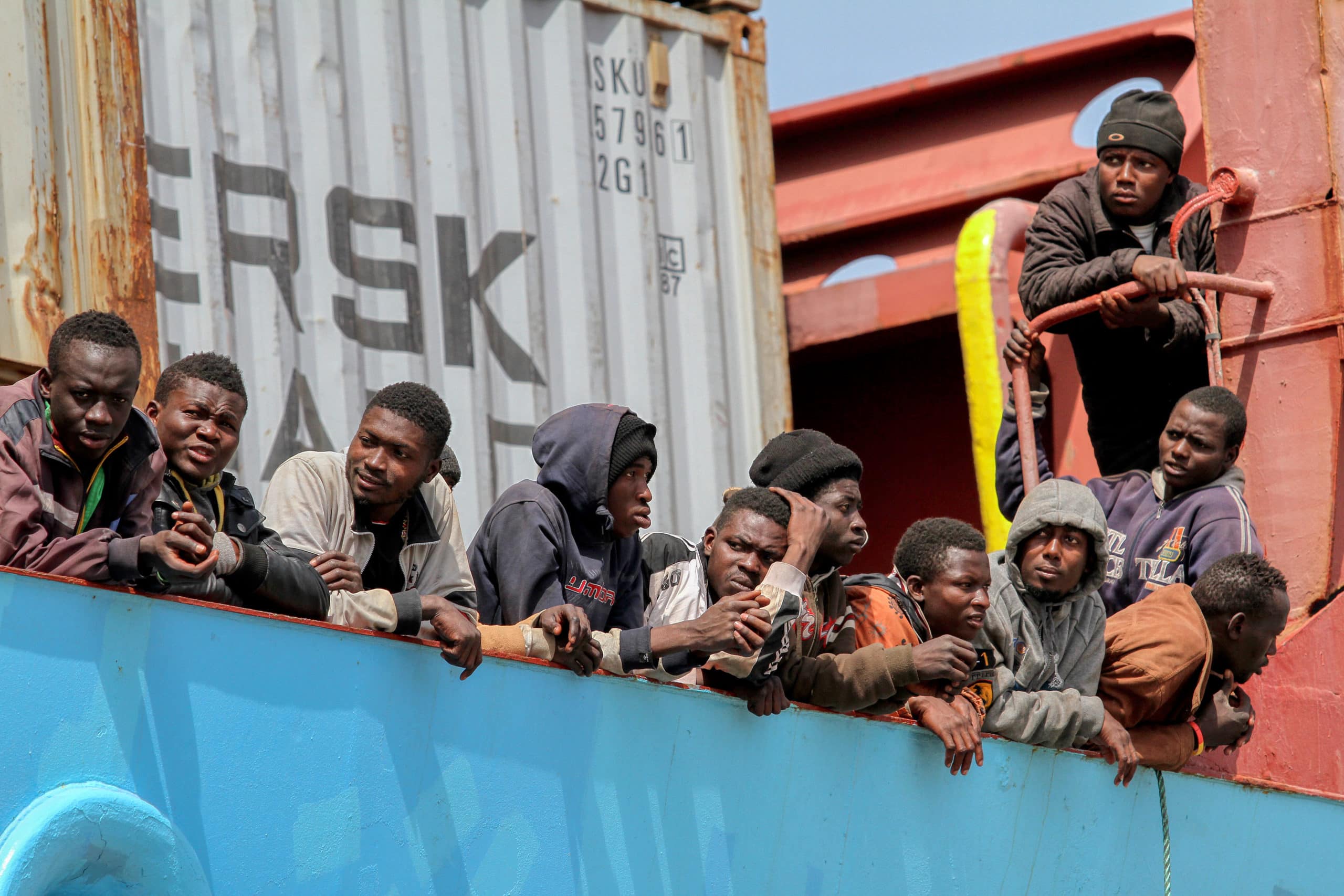
In the first month of this year, Italy’s so-called ‘technocratic government,’ led by Mario Draghi, the former head of the European Central Bank, oversaw the arrival of more than 3,000 illegal migrants, an increase of nearly threefold compared to figures recorded last January.
The figures, published late last week by the Italian Ministry of the Interior—almost exactly one year after the inauguration of the Draghi government—revealed that a total of 3,035 migrants arrived illegally into the country, compared to the 1,039 who arrived in January of 2021, an uptick of nearly 200%.
The relentless stream of migration into Italy—and Spain, as The European Conservative has previously reported—has been further compounded by the fact that the individual member states, as well as the European Union, continue to face an uphill battle when it comes to the deportation and repatriation of illegal migrants.
Despite working on EU-wide reforms that would allow for easier repatriations for some time now, politicians like Draghi, Macron, and others have struggled to establish any meaningful legislation since, in the vast majority of cases, the migrants’ countries of origin refuse to enter into repatriation agreements with the bloc. Recent reports from the French press, which cite internal emails from the country’s interior ministry, suggested that Algerian authorities are now refusing outright to receive their own nationals who’ve been deported from France against their own wishes.
The unsettling statistics from Italy come days after the Spanish Ministry of the Interior released similar figures announcing that 4,202 illegal migrants had arrived in Spain during the month of January, a 32% increase compared to the recorded arrivals the previous January.
The right-wing populist Lega, led by Deputy Prime Minister Matteo Salvini, which since joining Draghi’s technocratic coalition government has seen its popularity decrease considerably, has begun to express its dissatisfaction with the government’s dismal repatriation numbers paired with the ever-expanding number of new arrivals, the Milan-based Il Giornale reports.
“The absence of a centralized removal policy of the European Union and the elimination of assisted voluntary repatriations have made any policy of expulsion from Italy fleeting,” a source inside Lega told the newspaper.
January’s figures indicate that the Central Mediterranean route, which traverses from North Africa to Italy, continues to be one of the most active avenues through which illegal migrants make their way to Europe. According to the Spanish Ministry of the Interior, which cites figures from the EU border agency Frontex, the route was by far the most traveled last year, with 66,770 illegal migrants, 74% of whom were adult men, making use of it.
The next most frequently traveled migratory path was the western Mediterranean route, which stretches across the sea between Morocco and Spain, saw close to 42,000 illegal arrivals. As evidenced by last month’s figures from the Spanish Ministry of the Interior, it remains one of the most active routes.
